Investment In Youth Pays Off For Cricket In Japan
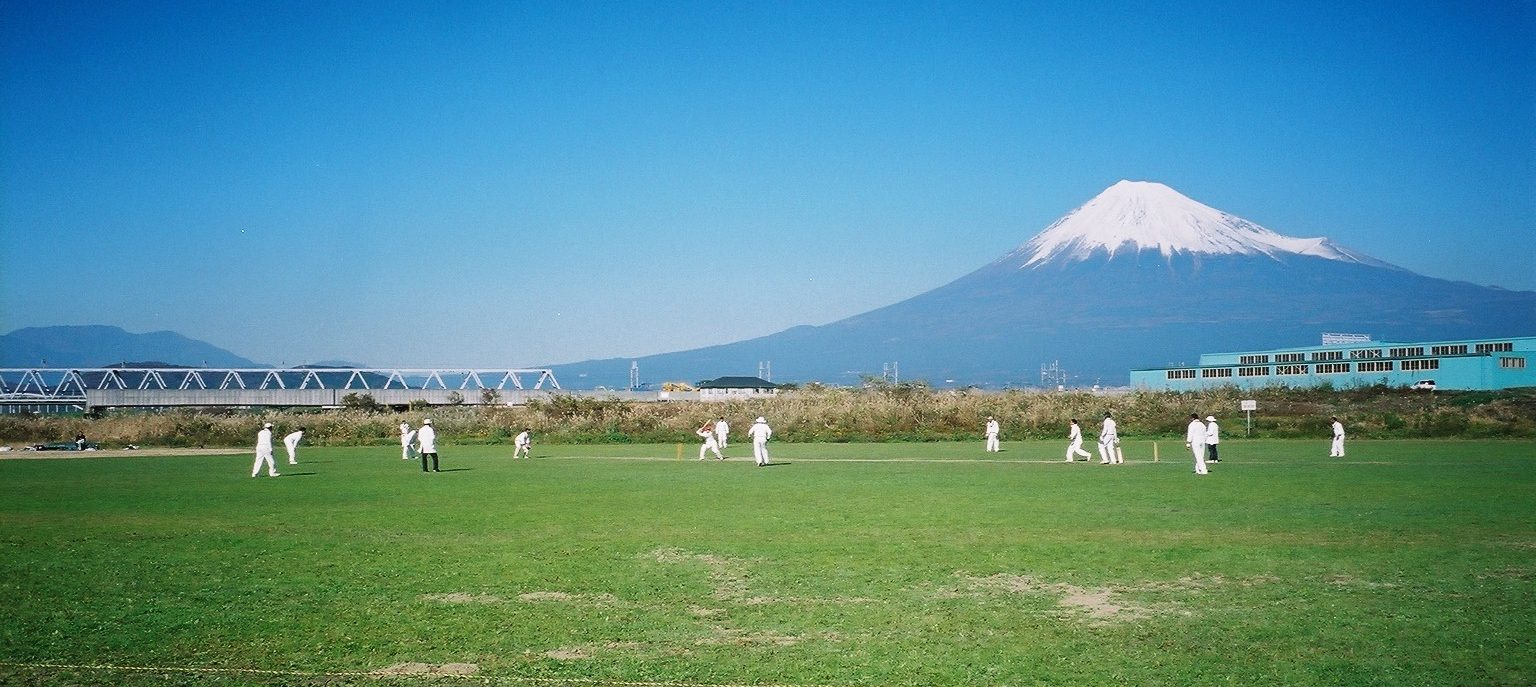
Historically, the few Japanese who were aware of the sport viewed it as a foreign novelty, rather than something they would themselves play.
However, over the last decade, a decisive and targeted approach has started to improve the standing of cricket in Japan, as well as build the platform for internationally competitive women’s and men’s teams.
Marcus Thurgate, captain of Japan’s U19 side, describes his classmates’ reaction to seeing him playing cricket in high school: “No one had an idea what we were doing.”
The wicketkeeper-batter recalled that, while some of the school’s baseball players had a vague awareness of his sport, the majority were totally unaware, and finding somewhere to play was a big issue.
When he began showing an interest in cricket – something he attributes to then Australia captain Ricky Ponting’s magnificent pull-shots – his Japanese mother and Australian father decided the only way this would be feasible would be to create a team for him to play in.
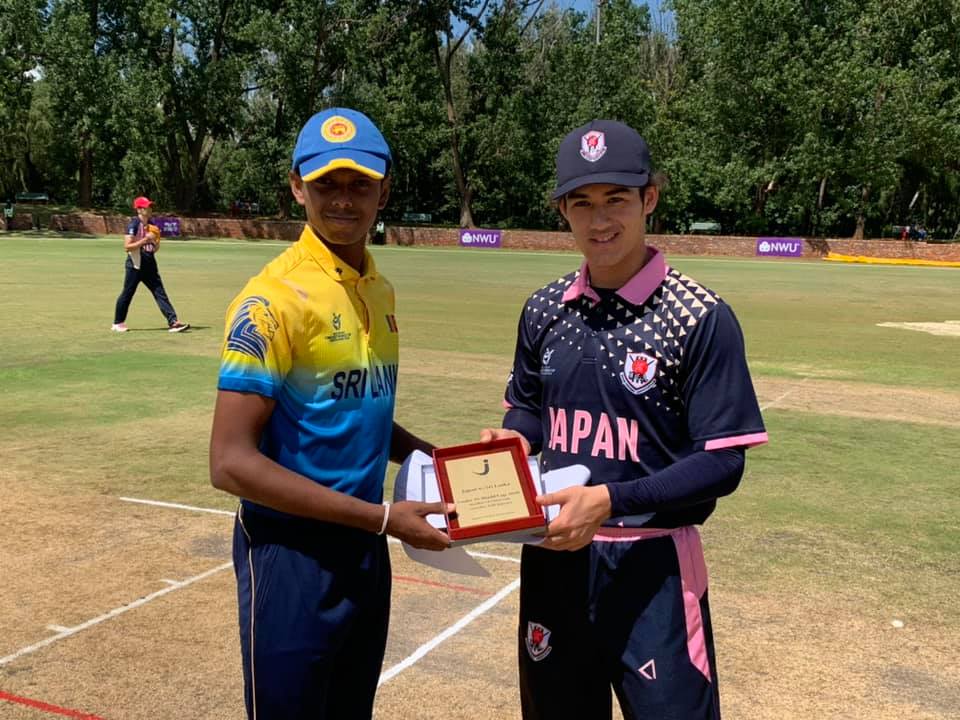
Bedingfield, who was working as an English teacher at the time, said: “It was a 6AM meetup at some train station and the journey took about four hours, because at that point there were only a couple of cricket grounds in Japan.
“I remember being given out for a duck, LBW.”
Rectifying the lack of playing opportunities has been one of the primary missions of Cornishman Alan Curr, who took up the role of head of cricket operations in 2014, having previously worked in the travel industry.
Constrained somewhat by financial limitations, part of the strategy to increase the number of pitches, and thus playing opportunities, in Japan was to focus investment narrowly on very specific locations, referred to by the JCA as “cities of cricket.”
Nowhere is this strategy more noticeable than in the relatively obscure city of Sano, population 118,000, a one-hour drive north of Tokyo.
Sano, explained Curr, had been struggling with a declining population for many years, with the allure of nearby Tokyo seemingly too much to resist for many of the city’s residents.
The mayor of the city, Masahide Okabe, had promised to arrest this decline through sport. Thanks to those circumstances, the JCA was able to secure government sponsorship, leading to the development of six cricket grounds in the city.
While the idea of investing heavily in one area does seem to be experimental, it would be unfair to call it anything but successful.
Since the establishment of the Sano city of cricket in 2008, three more ‘cities’ have emerged; Akishima (western Tokyo) in 2014, Sanmu (an hour and a half drive east of Tokyo) in 2016 and Kaizuka (southwest of Osaka) in October this year.
The cities have helped to drive up participation. According to the JCA’s figures there were 4,185 active cricket players in Japan last year compared to 2,645 in 2016. Thurgate cites the establishment of the cities, with world-class facilities and turf wickets, as being great for his own development.
Explaining the reasoning for the hyper-focused, experimental approach, Curr is succinct: “Japan’s a big place. Unless you take a targeted approach, you’re not going to succeed.”
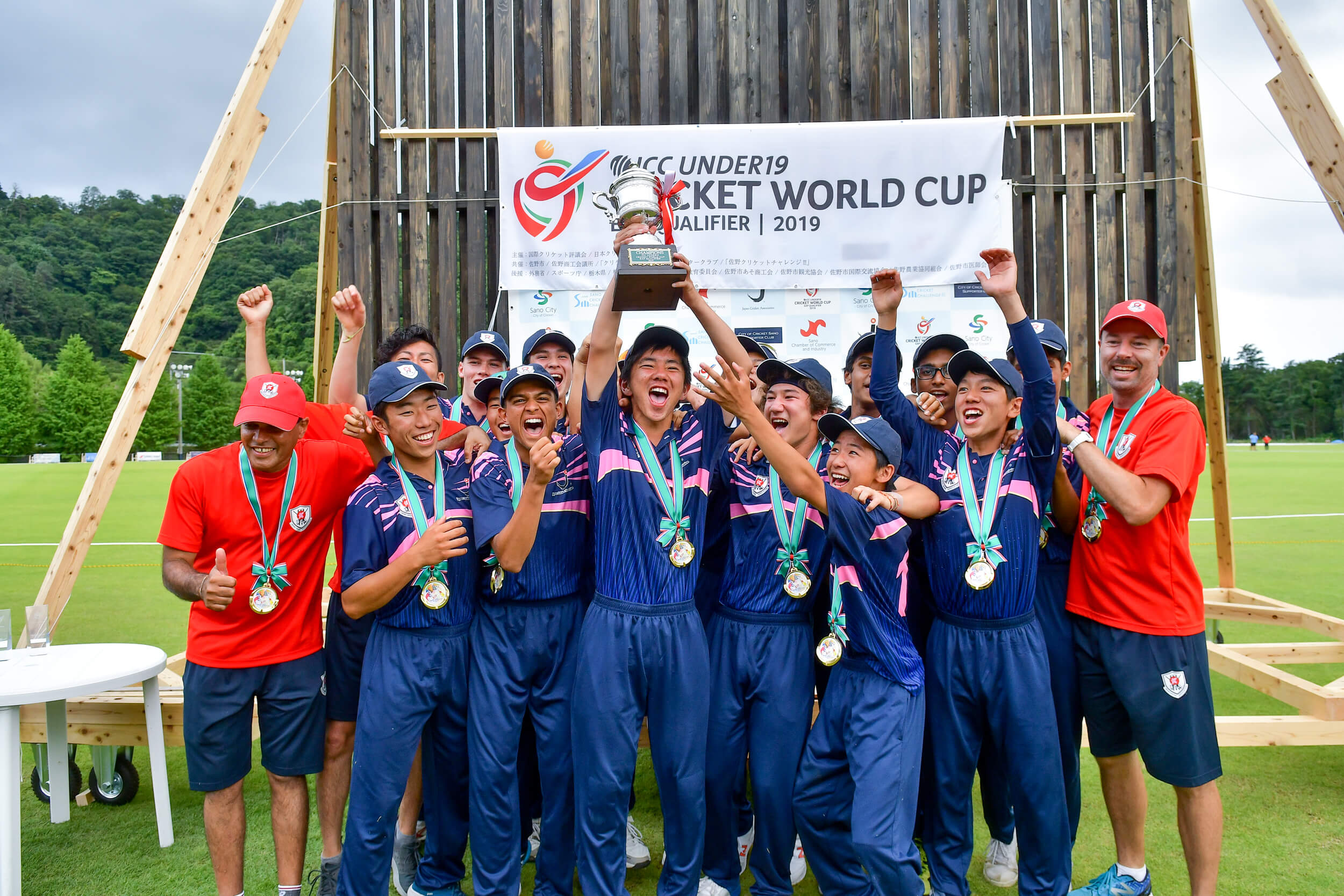
“We invested heavily in youth, at the expense of other people, our national teams haven’t had a full-time coach for the last four or five years because we wanted to put our focus on development,” said Curr.
Curr accepted that while such a decision may have left some players feeling left behind, the presence of the Japan at this year’s U19 World Cup, the first time the country had qualified, stands as testimony to the JCA’s prioritisation of youth.
Qualification for the U19 World Cup, played in South Africa in January-February, was a seismic moment in Japanese cricket.
Although it has not yet led to an explosion in participation, it has helped to educate the Japanese general public and media about the global popularity of the sport, as well as Japan’s current and potential place within it.
“The first question we got [from the Japanese media] after we qualified was ‘Are you going to win the World Cup?’” recalls Curr with a wry smile.
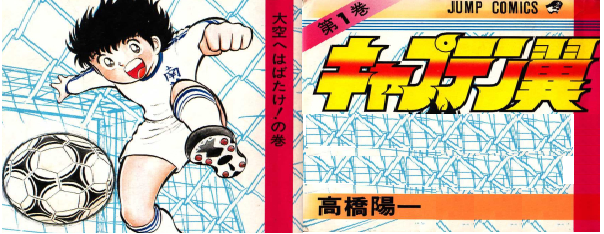
Although it is not yet clear whether this project will get off the ground, the prospect of a cricketing version of Captain Tsubasa is intriguing, given the football manga’s enormous influence on the popularity of football in Japan.
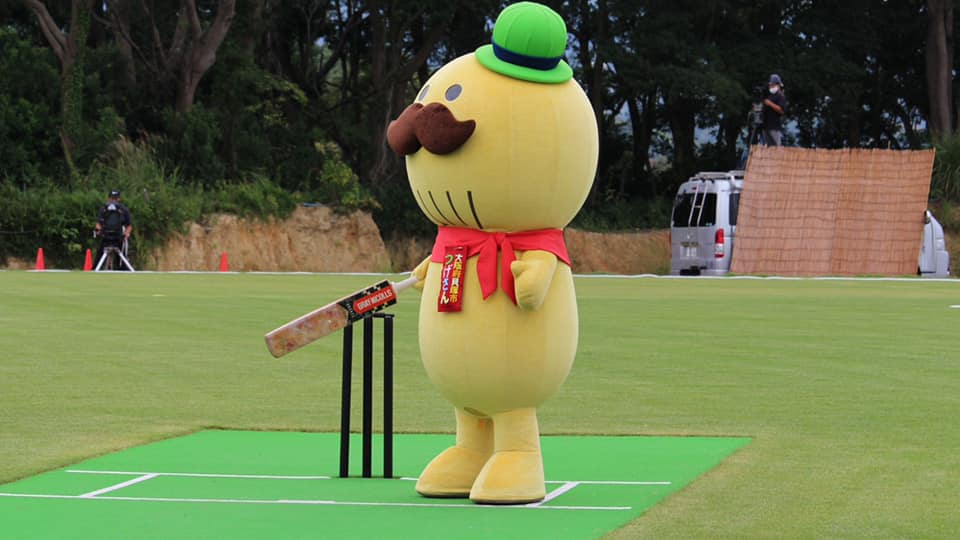
While such heights currently look to be beyond the Japanese players’ reach, playing abroad has given them some targets.
Thurgate, who splits his time between the grille on his cricket helmet and the grill at McDonald’s where he works part time, harbours ambitions of playing in Australia in the near future, while Bedingfield’s current five-year-plan is to have a Japanese cricketer playing professionally overseas within the next five years.
Getting a player overseas will be difficult, particularly in the near-future, given the ongoing disruption caused by the COVID-19 pandemic.
However, incoming high performance manager Simon Dart believes that it is achievable and necessary for Japanese cricket to continue the momentum gained after the world cup by getting players to develop overseas.
Dart, who will move out to Japan in January along with his wife Stacey and their two children, seven-year-old Jemima and four-year-old Freddy, acknowledges the need to carefully target the right players for overseas opportunities.
Additionally, he hopes to encourage Japanese cricketers to study abroad and play cricket in order to further their cricketing education.
Although Dart accepts that the ultimate goal of helping Japan’s men’s and women’s teams reach World Cups will be difficult in the near future, he is optimistic.
The players already possess an admirable work-ethic, and taking inspiration from sides such as Bermuda’s men’s team, who defied the odds to qualify for the Cricket World Cup in 2007 – and if an island nation of 64,000 people can do it, why not one of 127 million?